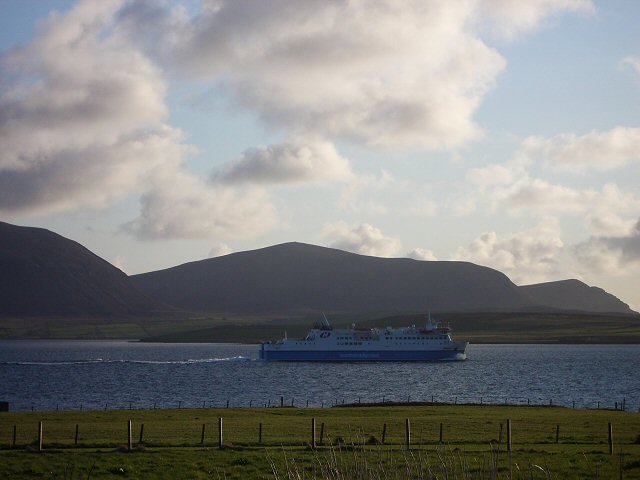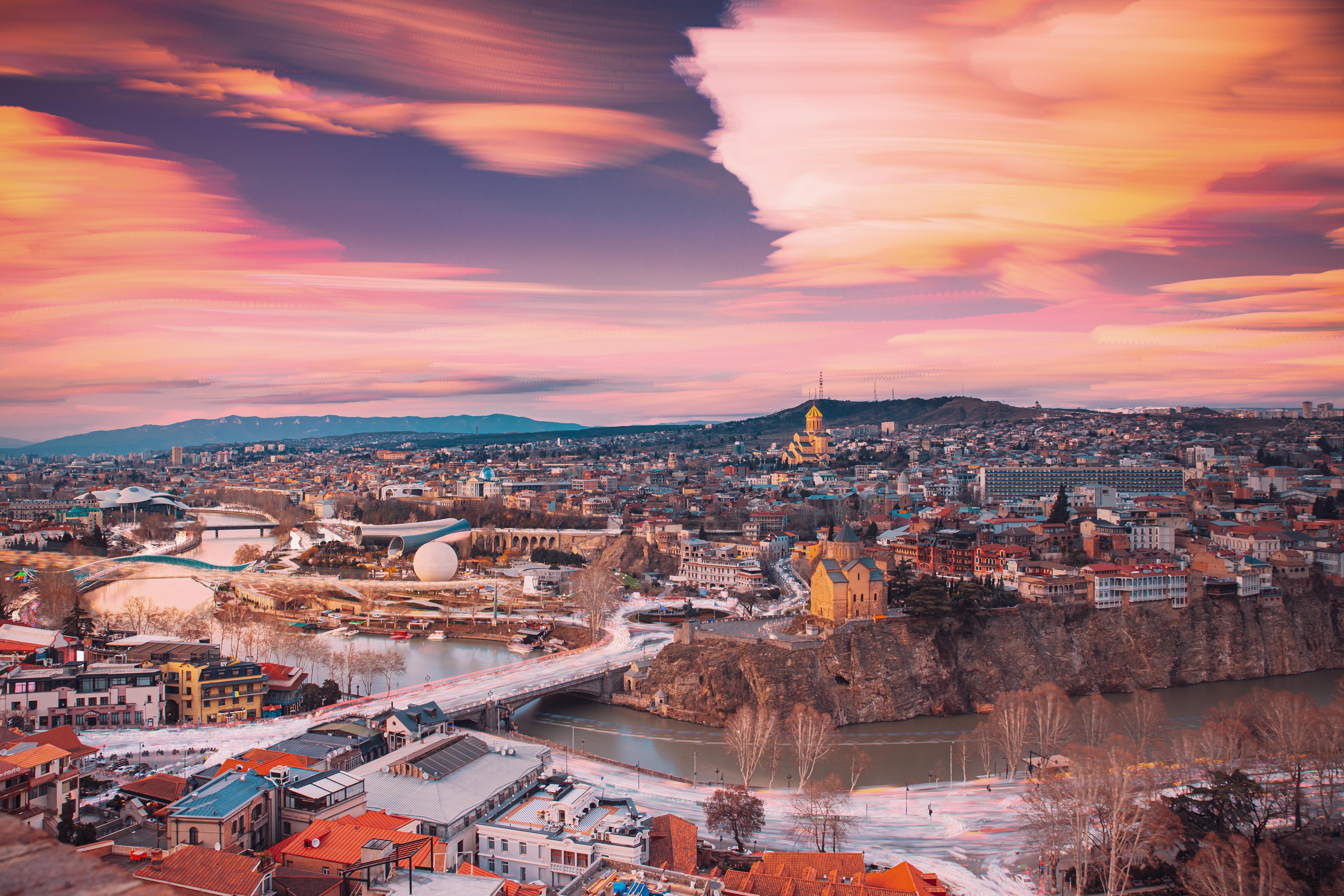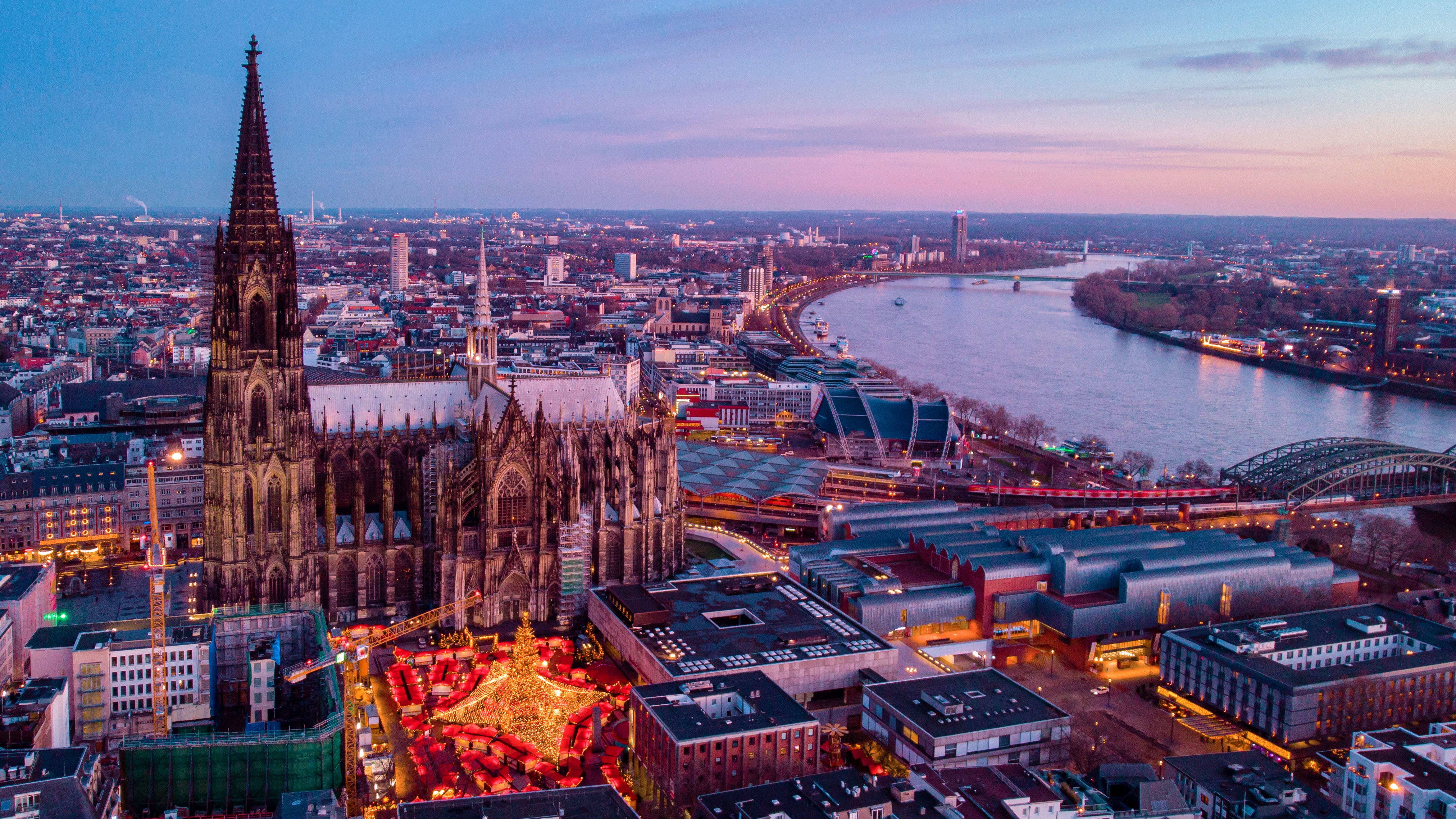28 Forgotten "Ghost Fleets": Ship Graveyards Around the World
Scattered across oceans, bays, and forgotten inlets are the rusted remains of once-mighty vessels—warships, freighters, liners—now slumped in silence, half-swallowed by time. These ghost fleets aren’t just abandoned metal; they’re graveyards of ambition, echo chambers of conflict, commerce, and change. Some lie beneath murky waters, others rest in plain sight, their hulls split open like unfinished stories. From eerie World War wrecks to modern vessels left to rot in remote shipbreaking yards, each site offers a haunting glimpse into what we leave behind when technology outpaces utility. These are not tourist traps—they are time capsules. And now, we've expanded our journey to 28 Forgotten Ghost Fleets: Ship Graveyards Around the World, bringing you deeper into the rust-streaked beauty and historical mystery of these maritime relics. Explore them while they still stand—before the sea, salt, and silence claim them completely.
1. The Tragic Tale of Scapa Flow

Scapa Flow, located in the Orkney Islands of Scotland, is perhaps one of the most famous ship graveyards in the world. It was here, during the aftermath of World War I, that the German High Seas Fleet met its watery grave. In 1919, following Germany's defeat, the fleet was interned at Scapa Flow under the terms of the armistice. However, in a dramatic act of defiance, Admiral Ludwig von Reuter ordered the scuttling of the fleet to prevent it from falling into Allied hands. Over fifty ships sank to the bottom, creating an underwater museum of early 20th-century naval warfare. The scuttling of the German fleet was not only a strategic maneuver but also a symbolic end to the era of dreadnoughts and battleships. Today, Scapa Flow is a haven for divers, offering a unique opportunity to explore these historical relics. The cold, clear waters have preserved the ships remarkably well, allowing for a detailed examination of their construction and the scars of war they bear.








